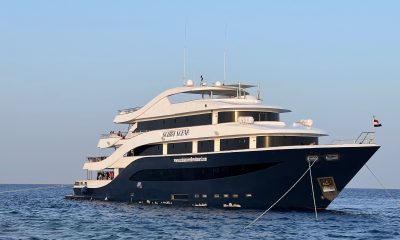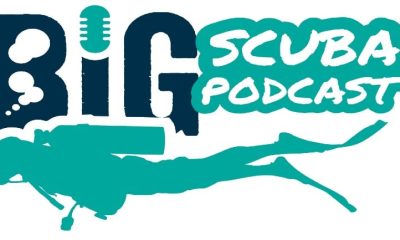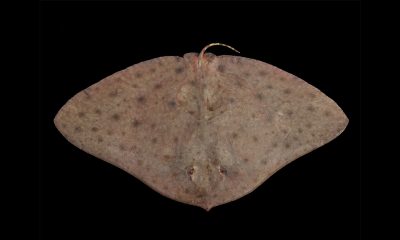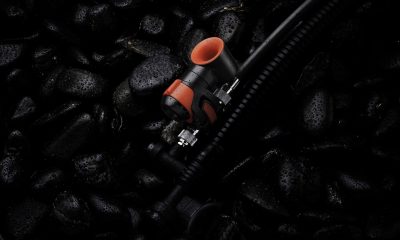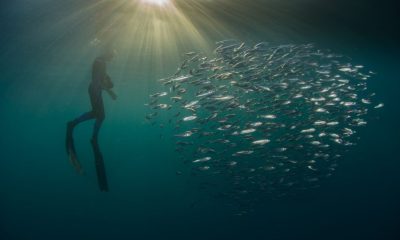Marine Life & Conservation
Documents reveal the Great Barrier Reef Marine Park Authority had serious concerns over $600m resort development
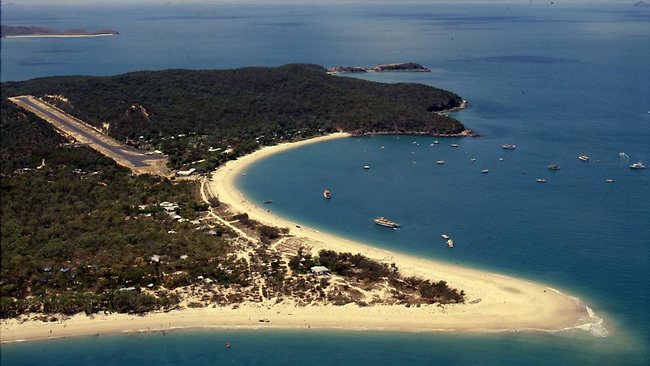
Documents obtained by The Australian Broadcasting Corporation under Freedom of Information reveal that the Great Barrier Reef Marine Park Authority (GBRMPA) identified serious concerns with a huge marina development it later approved.
Both the Queensland and federal governments have given the go ahead to a $600 million eco-tourism resort on Great Keppel Island, the first major development within the reef in 20 years.
But in approving the development’s marina and sewage systems, the marine park authority found the proponent’s environmental impact statement was contradictory, vague and missing a substantial amount of information.
Marine park officers also warned that the impacts of the development on water quality and coral communities on nearby vulnerable reefs could not be adequately mitigated.
Just two months later however, the marine park authority approved the development – subject to conditions.
There has not been a tourism project of this scale in Queensland in a quarter of a century.
The Great Keppel Island “premier eco-luxury” resort will boast a 250-room beachfront hotel, 350 apartments, and 700 luxury villas.
The developer of the project, Tower Holdings, says the project has been designed to be “a world leader in global environmental tourism” and will produce more clean energy than it uses by using 24,000 solar panels.
The resort will also have a 250-berth marina and championship golf course designed by Greg Norman.
The former world number one golfer is an enthusiastic supporter and is quoted on the resort’s website as saying that nowhere in the world “matches the offering of this place.”
But it took Tower Holdings seven years to win official support for the resort project.
It won federal approval in March last year. But owing to environmental concerns, the then federal environment minister Tony Burke attached 96 conditions, including management plans over the resort’s impact on corals and marine species.
“The conditions I have imposed will ensure that the outstanding universal value of the Great Barrier Reef is not diminished by this development,” Mr Burke said at the time.
The Newman Government had approved the project just days earlier.
But before the company could start any work it required approval from the Great Barrier Reef Marine Park Authority, because the resort would include a marina, breakwaters, and a sewage transfer facility that would lie within the marine park.
According to the GBRMPA, the proposed marina would be just 100 metres from a coral reef that was classified as a sensitive environment.
Documents obtained by The Australian Broadcasting Corporation under freedom of information have revealed that after a long process, officers from the GBRMPA floated two options.
One was to “approve the application with strict conditioning.”
Those conditions included a limit to the amount of nitrogen that could be discharged, meaning the developer would have to treat any sewage to a higher standard.
Then there was the second option the authority could take and that was to reject the application.
That rejection would be based on the conclusion that “the information provided by the [environmental impact statement] with which to make an accurate assessment for a proposed sewage discharge pipeline and sewage irrigation scheme is often contradictory, vague or missing entirely.”
There was also concerns that “the concentration of nutrients in the sewage that the resort would discharge was too high,” and that “the water quality guidelines for nitrogen at Great Keppel Island are already exceeded and freshwater wet season plumes from the Fitzroy have resulted in coral bleaching at the island.”
“The cumulative impacts of this development on water quality and coral communities on the vulnerable fringing reefs of Great Keppel Island cannot be adequately mitigated,” the document said.
Another document warned that while the amounts of effluent expected to be generated were not significant, “the risk is potentially high.”
In one email, a GBRMPA officer poses a question: “The major difficulty will be if [Great Keppel Island] have (sic) to discharge more than the stated maximum volumes and nutrient load limits, what then? How will we deal with this situation and is the delegate willing to undertake these action when (not if) these breaches of permit conditions occur?”
The documents also warn that the developer’s environmental impact statement does not account for anticipated climate change impacts like increased rainfall, warning this underestimation could increase the frequency of sewage discharges into the marine park.
Marine park officers also warned that the discharge risk would be heightened even further because the size of the proposed sewage storage pond was too small.
“The last thing you want to be doing is pumping effluent into the Great Barrier Reef, particularly when there are these conditions when the Marine Park Authority themselves have said, ‘We don’t know if they’re going to be strong enough to fix the problem’,” Queensland Greens Senator and environment spokeswoman Larissa Waters said.
A couple of months after these concerns were raised inside the GBRMPA, the organisation issued a permit for the development of the 250-berth marina, sewage facility, and other projects to go ahead.
It imposed conditions on the developer while highlighting that the fringing reefs at the island were among the most high value systems in the whole Great Barrier Reef.
“I’m worried that GBRMPA is coming under political pressure to approve things, even though they hold internal concerns about the damage those projects might do to the reef,” Senator Waters said.
“I think that’s wrong and I don’t think that’s GBRMPA’s fault. I think that’s the fault of the government of the day letting it be known that things must be approved for political reasons.”
The Federal Department of Environment says sewage will be treated to a tertiary level and used on the island for irrigation.
Tower Holdings says it has agreed to the conditions but has not disclosed how sewage will be treated.
Project manager Anthony Aiossa says the project went through a rigorous planning process, spanning nearly eight years.
“GBRMPA and the other various government departments have done exactly what they are supposed to do as part of an EIS process,” he said.
“They need to consider any potential for unacceptable impacts. If there were any, the project simply would not have been given the green light by both State and Federal Governments.”
Queensland’s Minister for State Development, Infrastructure and Planning, Jeff Seeney, says state approval was given by the independent Coordinator-General, after alterations were made to the EIS.
“Our approvals process is the best in the world and I stand by that and I am happy to have it compared to anything,” he said.
“We have a process that is as thorough as we can make it because we are a pro-development Government; we are about building things; we are about developing the opportunities for the next generation of Queenslanders but we are determined to do that at a world class standard.”
A spokesman for former federal environment minister Tony Burke says the additional 96 conditions imposed were designed to ensure that the “outstanding universal value of the Great Barrier Reef was not diminished by the development”.
The GBRMPA responded to questions from the ABC with the following statement:
The Great Keppel Island Resort development proposal was assessed under the Environment Protection and Biodiversity Conservation Act 1999 (EPBC) and the Great Barrier Reef Marine Park Act 1975.
The Great Barrier Reef Marine Park Authority issued two permits to GKI Resort Pty Ltd which will allow:
- construction of submerged and buried utilities pipeline for potable water, electricity and telecommunication
- construction and operation of a 250-berth marina
Both of these permits were approved with strict conditions to help protect biodiversity, heritage and social values of the marine park. The conditions, which the proponent must meet, also address public concerns raised in the public submission process.
The concerns raised in the email dated February 4, 2013 were discussed with the applicant and relate to a proposed sewage discharge pipeline and impacts on water quality and coral communities of Great Keppel Island’s fringing reefs.
The applicant, GKI Resort Pty Ltd, advised the Great Barrier Reef Marine Park Authority on February 15, 2013 that upon further consideration the design had been modified to no longer include a sewage discharge pipeline.
As such no permit was issued for a sewage discharge pipeline.
Any remaining risks were addressed through the strict conditions which the Great Barrier Reef Marine Park Authority imposed on the two permits issued.
Source: www.abc.net.au
Marine Life & Conservation
Experience the Greatest Shoal on Earth followed by few nights with Sharks next month at some really great rates with Seas4Life (Watch Video)
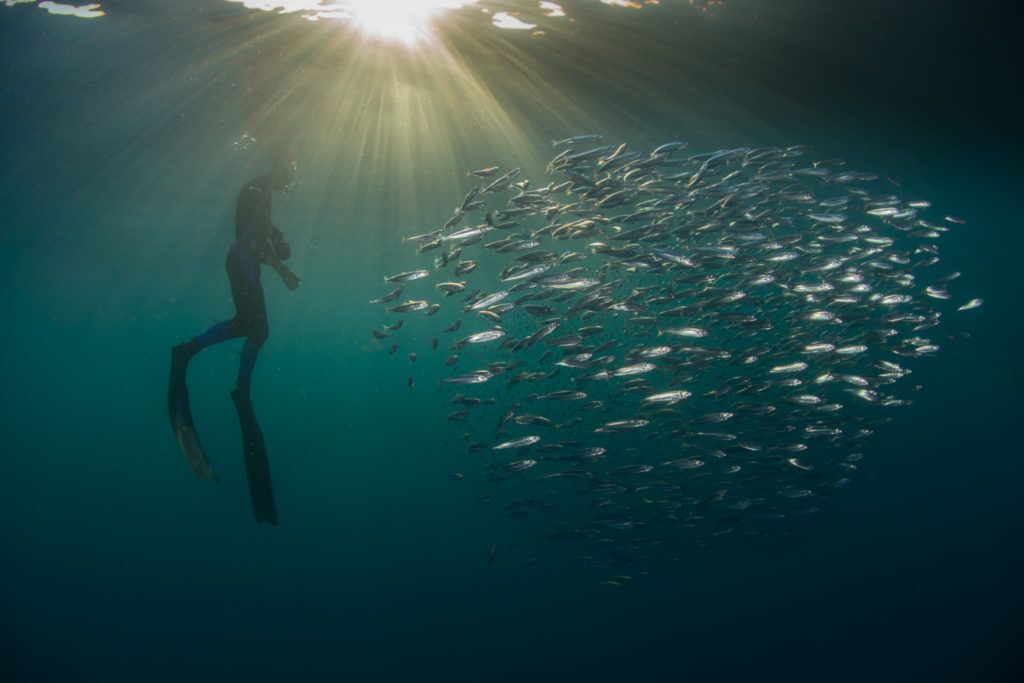
An Exclusive, Expert Led, One-Off experience…
For just a few short weeks each year – end of May through to end of June – the mighty Sardine Run showcases the epic efforts of supreme marine predators working in unison to feed off the migrating sardines in a most dynamic flurry of action. End of June early July is also when the shark season begins – just imagine it is a David Attenbourgh Blue Planet experience.
In case this natural wonder wasn’t exciting enough – majestic humpback whales just happen to start their annual migration back up north adding to this phenomenal experience.
Its a must for the adventurous soul.. Lots of love, laughter, and smiles.
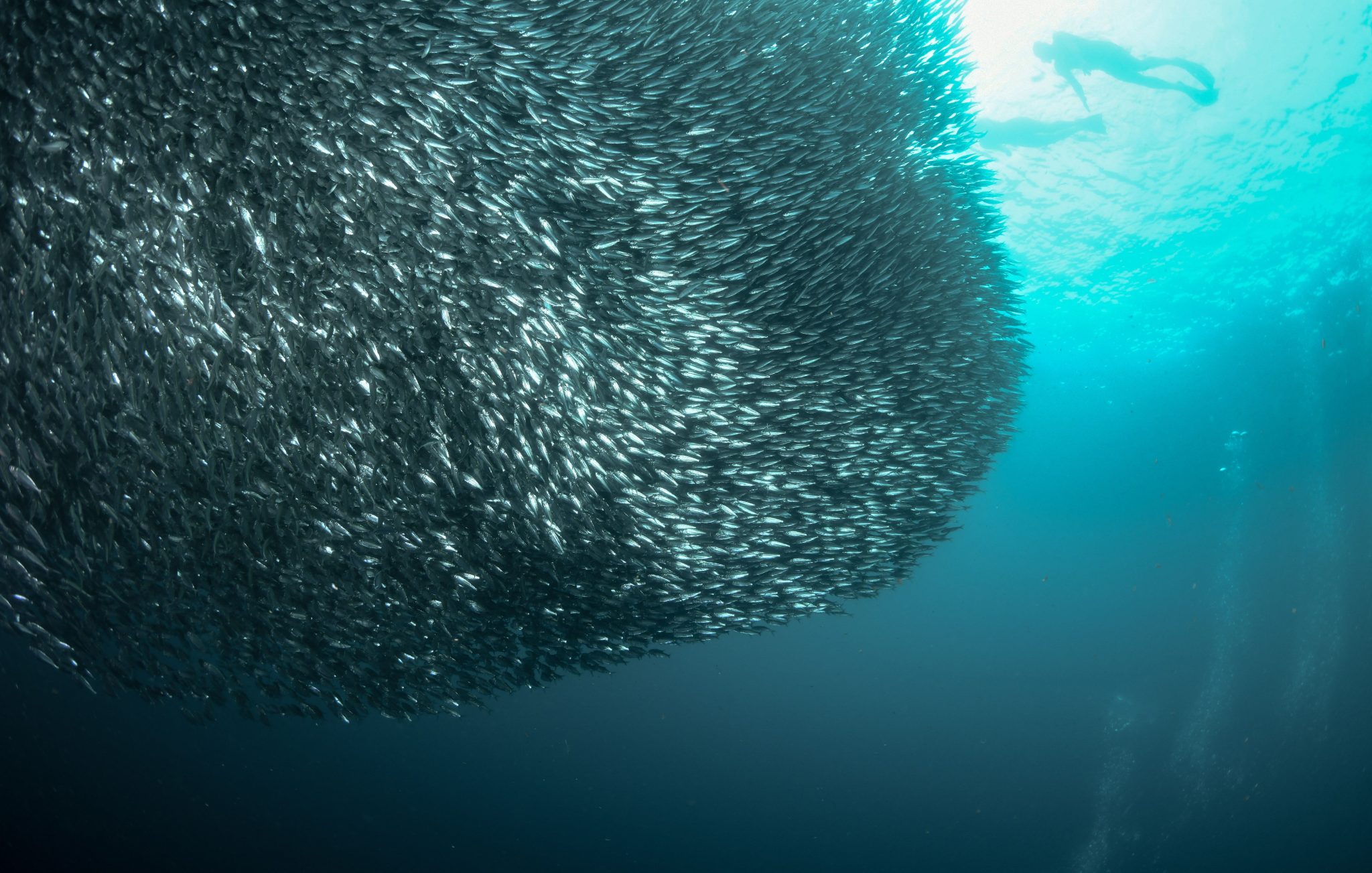
This is a feeding event of unmatched proportions. Thousands of common dolphin charge after the shoals, separating them into bait balls, with their ‘dolphin bubble technique’, bring them to the surface. Watched from the air by the cape gannets, who then launch a massive aerial assault on the sardines. They are also easy pickings for shivers of bronze whaler, dusky and black tip sharks, seals and lastly the huge mouths of Brydes (Brooders) whale that can consume an entire bait ball in one single lunge!
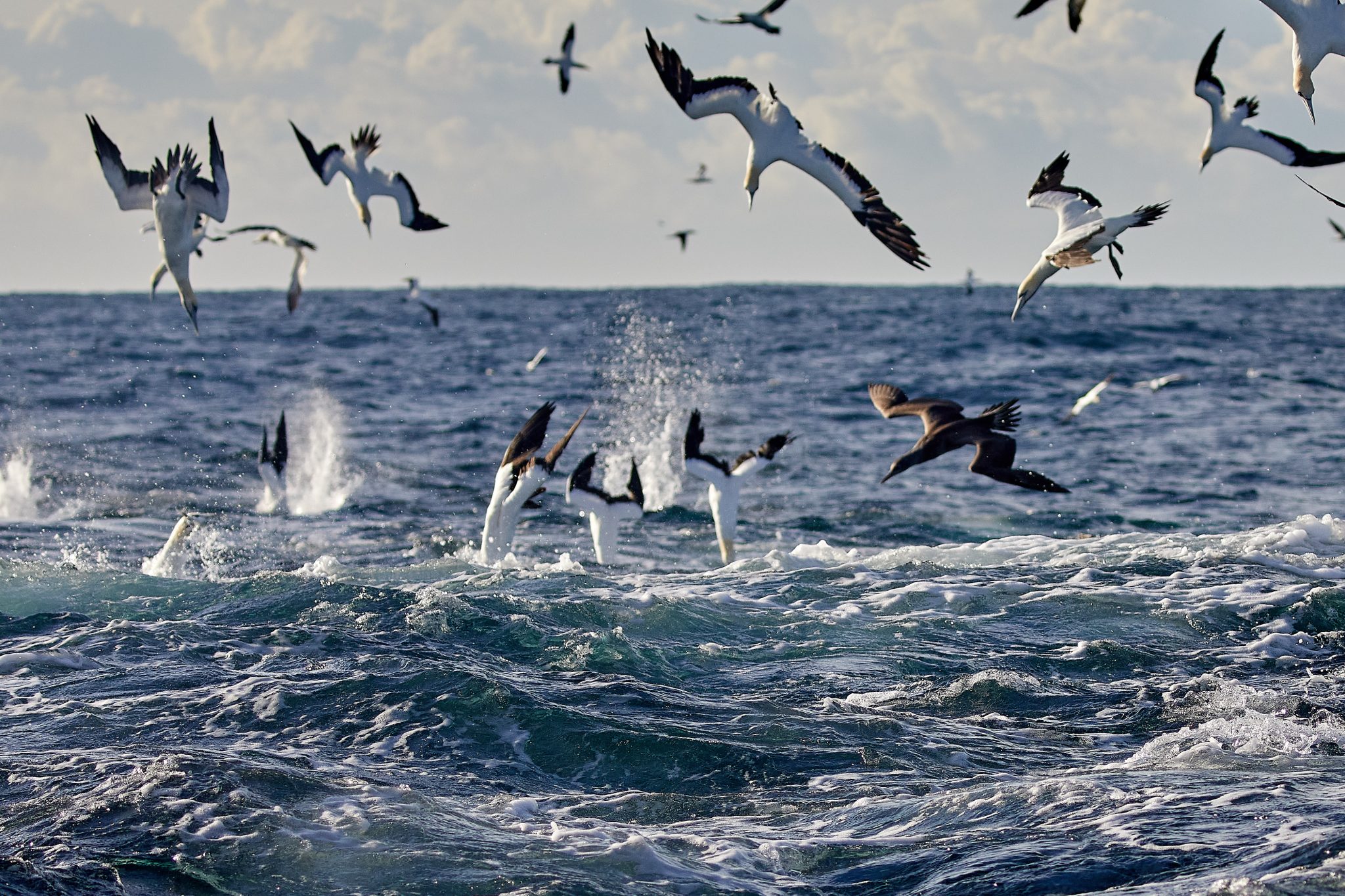
Seas4Life is offering an incredible deal for this year’s Sardine Run. Here are the details:
Date: June 23rd – July 2nd 2024
Type: Family, group, couples, solo travellers. Min of 4 pax – max 8 pax
Location: South Africa
Nights: 9 nights/10 days
Rates originally started at USD$9,705 per person 9 Nights PP, based on 5 pax on the trip. However, you can now experience the Greatest Shoal on Earth followed by some seriously unforgettable shark action for just USD$7,100 per person.
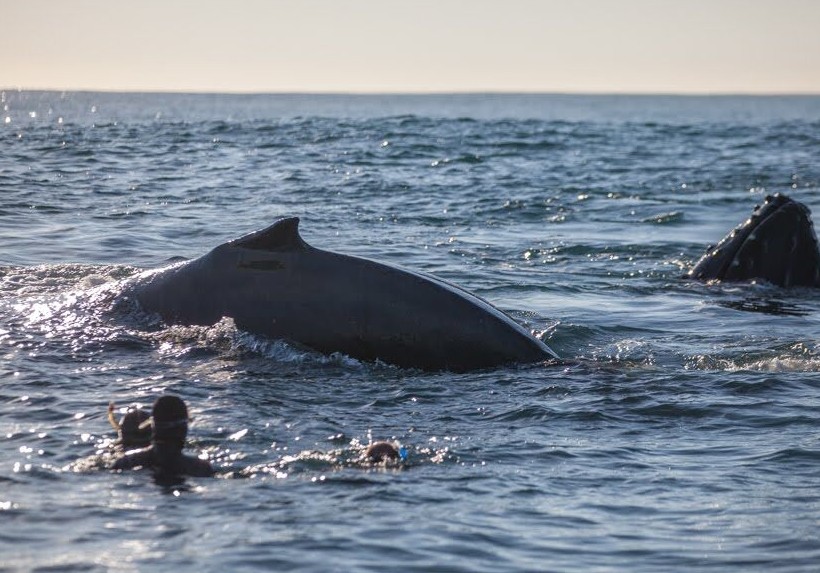
Includes:
- 5 night stay at Gulu Game Reserve (23rd – 28th June)
- 4 night stay at Africa Oceans Manor (28th June– 2nd July)
- 9 nights fully catered stay with breakfast, packed lunch and dinner
- Welcome drinks and selected alcohol (local beers, wines and spirits)
- 4 Sardine Run Days and 3 full Shark Research Days – 1 morning being with Great White
sharks - Guiding by expert marine conservationists, shark specialists and ocean enthusiasts
- Transfers to and from the airports and to and from the launch base and hotels; and on 28th June from Gulu Game Reserve to African Oceans Manor along the Southern African Coastline and parts of the Garden Route
- Privately chartered 26 foot (8m) semi-rigid dive boat (South African Maritime Safety Authority, licensed to travel up to 40 Nautical miles offshore) with two 140hp motors
- Snorkelling and scuba diving gear
- All activities as outlined in the itinerary
- Use of Gulu Private Resort and African Oceans Manor facilities including rejuvenating in their spa, use of the pool, playing tennis, hiking or fishing… (these will be charged separately if used)
- Marine conservation contribution to the shark research unit
- Offsetting your carbon through Planet Moja
- AMREF
- Lead shark scientist Nico, sardine run expertise of ScubaXursions
- Julie as lead guide
- Lots of smiles, laughter and many memories made
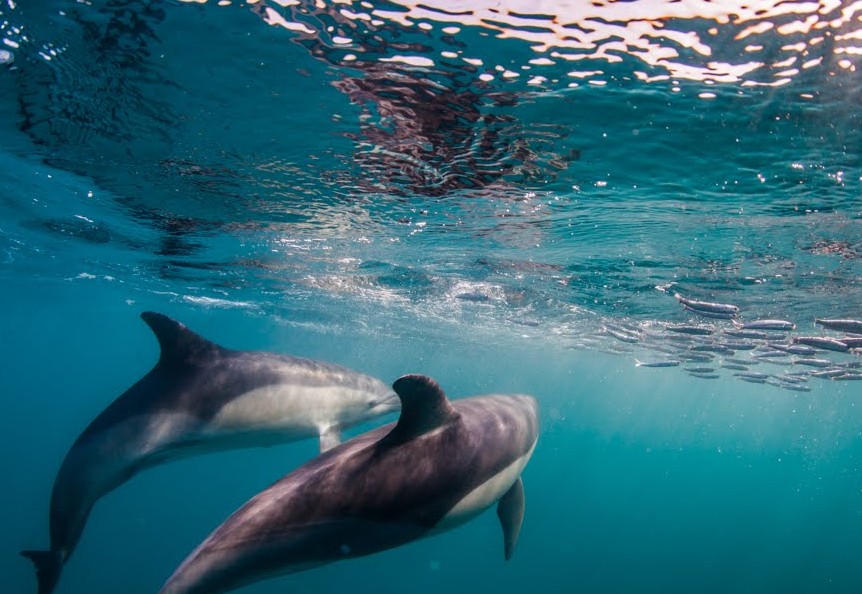
Excludes:
- International flights
- Visas and taxes (airport, government and tourist)
- Scuba diving, free diving and underwater photography courses
- Alcoholic drinks (unless stated) champagne, luxury spirits and selected wines
- Activities not outlined above
- All photographic gear
- DAN Insurance, Scuba and/or photographic gear insurance
- All additional park and/or conservancy fees if applicable
- Travel and health insurance
- Items of a personal nature
- Gratuities
For more information or to book, contact Seas4Life now:
info@seas4life.com / +254 723 639 640 / seas4life.com
Blogs
Heading out on the water this Summer? Watch for manatees
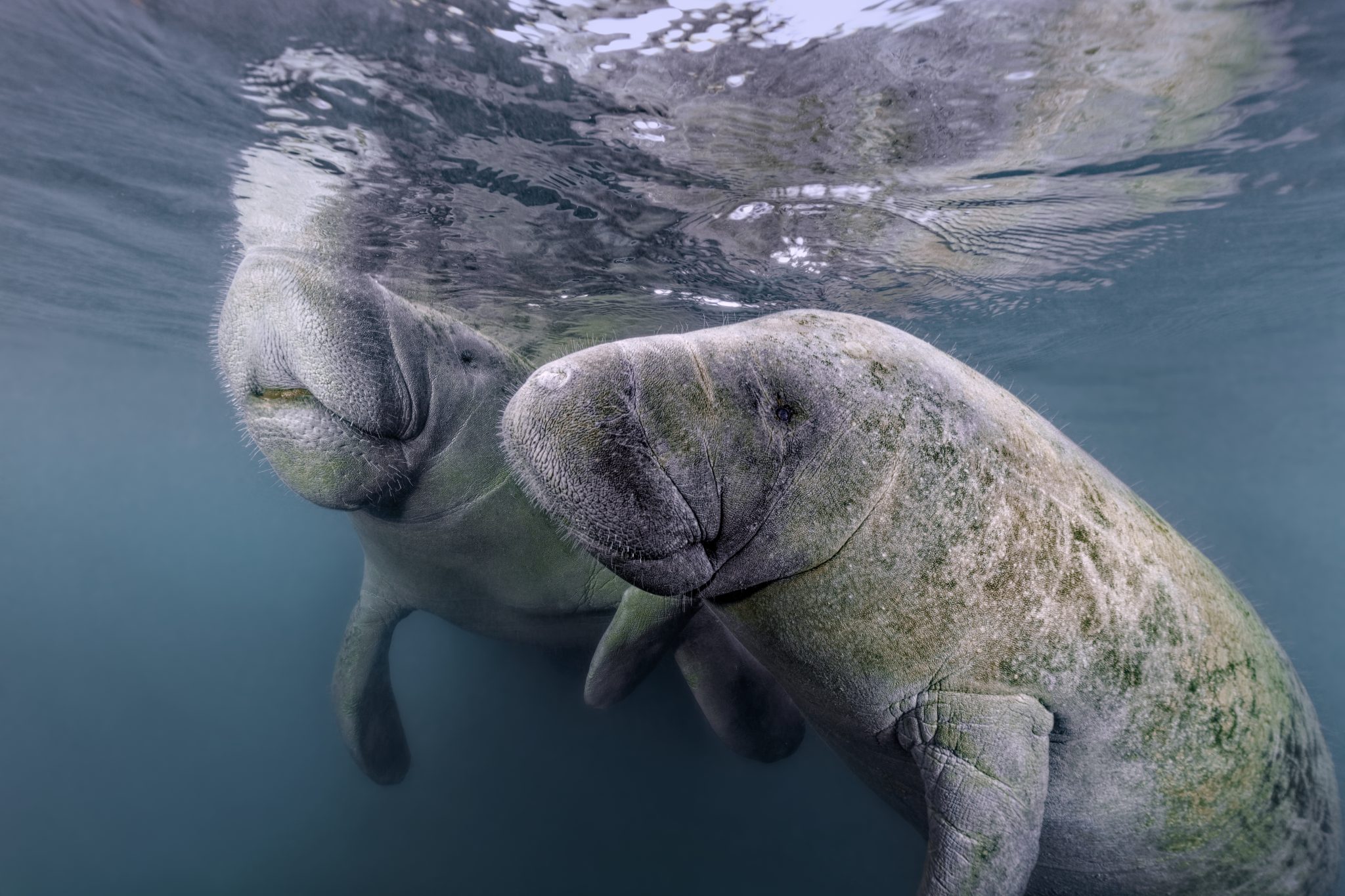
As National Safe Boating Week approaches, Save the Manatee® Club is urging boaters, and anyone that enjoys Florida’s waterways, to respect and protect the defenseless manatees that inhabit our shared waterways. From May 18 to 24, leading up to Memorial Day Weekend, the campaign aims to raise awareness about recreational boating safety and the importance of safeguarding imperiled manatees during the summer boating season. This week also emphasizes the importance of encouraging boaters to enroll in a boating safety course.
Manatees are semi-migratory marine mammals that are commonly found in shallow estuaries, bays, rivers, canals, and coastal areas throughout Florida and neighboring states. With some manatees venturing as far west as Texas and as far north as Massachusetts, collisions between these gentle giants and watercraft have become distressingly frequent. Boat propellers and high-speed collisions pose significant threats to manatees, often resulting in severe injuries or even death.
Save the Manatee Club is calling on all water enthusiasts to follow essential manatee safety tips to ensure the well-being of the imperiled manatee:
- Obey Speed Zone Signs: Familiarize yourself with and adhere to posted speed limits to prevent collisions with manatees.
- Reduce Glare with Polarized Sunglasses: Wear polarized sunglasses to enhance visibility and spot manatees below the water’s surface.
- Recognize Manatee Signs: Learn to identify signs of manatees in the area, such as swirls or flat spots on the water caused by their movements.
- Respect Manatee Sanctuaries: Keep a safe distance from posted manatee sanctuaries and avoid pursuing or harassing these marine mammals, as it is illegal and can disrupt their natural behaviors.
- Report Distressed Manatees: In Florida, promptly report distressed, injured, tagged, or orphaned manatees to the Florida Fish and Wildlife Conservation Commission (FWC) at 1-888-404-FWCC (3922). Outside of Florida, report sightings to the appropriate state agency or rescue organization. A list of agencies to contact is available at savethemanatee.org/report.
- Protect Seagrass Beds: Avoid boating over seagrass beds and shallow areas where manatees may be feeding. Stick to deep water channels while remaining vigilant, as manatees also utilize these channels during their travels.
- Dispose of Fishing Line Responsibly: Anglers should properly dispose of or recycle used fishing line to prevent entanglement hazards for manatees.
“Each year, National Safe Boating Week provides an excellent reminder for all of us to be aware that we share our waterways with vulnerable manatees,” emphasized Patrick Rose, Aquatic Biologist and Executive Director of Save the Manatee Club. “With the recent Unusual Mortality Event on Florida’s East Coast claiming an alarming number of manatees’ lives, it is more crucial than ever to prevent preventable deaths caused by watercraft collisions. By following manatee-safe boating guidelines, such as obeying speed zones and remaining vigilant for manatees, everyone on the water can contribute to the protection of these gentle giants.”
Save the Manatee Club offers a range of free materials to help safeguard manatees and raise awareness about manatee-safe boating practices. Shoreline property owners and park or marina managers can order aluminum dock signs to alert others about the presence of manatees in their areas. Boaters and paddlers can request packets containing a safety tips card, a waterproof boat banner, and a decal to display on their vessels, providing the number to report manatees in distress. To view and request these materials, visit savethemanatee.org/resources. Save the Manatee Club will also be hosting a live webinar for National Safe Boating Week on Tuesday, May 21st at 6pm EST. To register, visit savethemanatee.org/register.
-

 Blogs4 weeks ago
Blogs4 weeks agoDive Indonesia Part 3: Dive into Lembeh Trip Report
-

 Gear Reviews1 month ago
Gear Reviews1 month agoGEAR REVIEW – Revolutionising Diving Comfort: The Sharkskin T2 Chillproof Suit
-

 News3 months ago
News3 months agoPADI Teams Up with Wellness Brand Neuro to Drive Ocean Change and Create a Blue State of Mind
-

 Blogs2 months ago
Blogs2 months agoMurex Resorts: Passport to Paradise!
-

 Blogs3 months ago
Blogs3 months agoDiver Discovering Whale Skeletons Beneath Ice Judged World’s Best Underwater Photograph
-

 Blogs2 months ago
Blogs2 months agoSeagrass Awareness Month brings critical food source for Manatees to centre stage
-

 Marine Life & Conservation3 months ago
Marine Life & Conservation3 months agoSave the Manatee Club launches brand new webcams at Silver Springs State Park, Florida
-
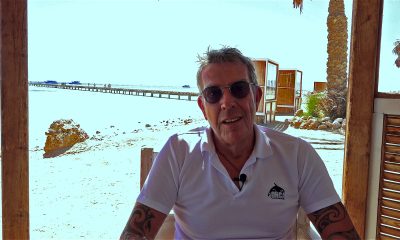
 Blogs2 months ago
Blogs2 months agoSOMABAY: Scubaverse interviews Wolfgang Clausen, General Manager, ORCA Dive Clubs



